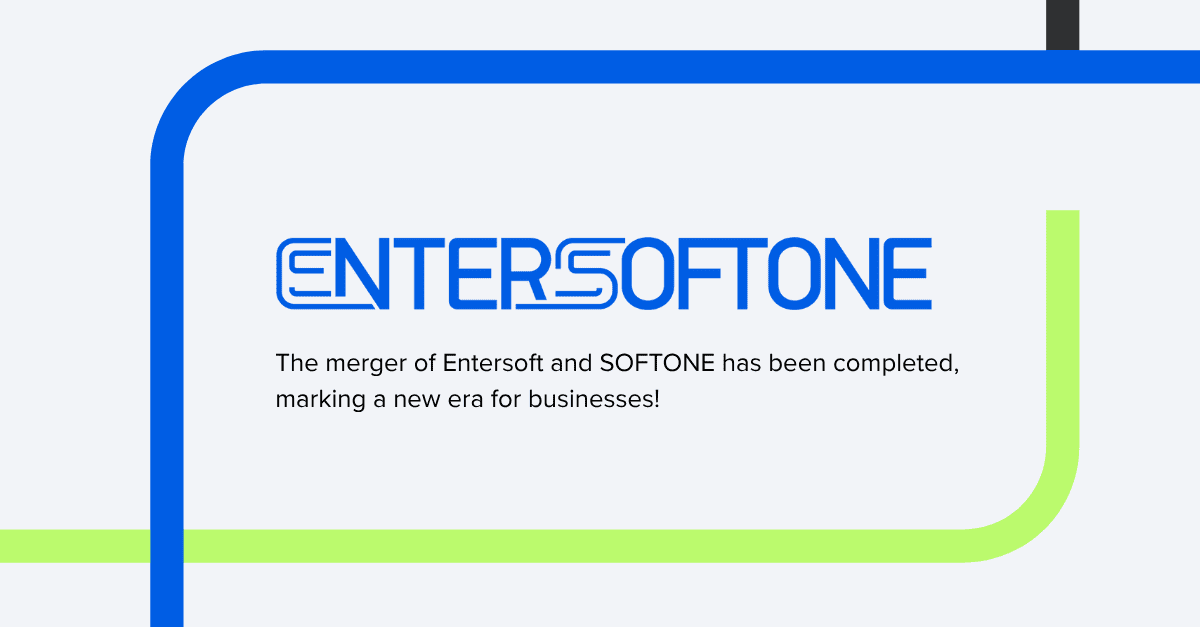Share
Read also

News & Events
ENTERSOFTONE: The merger of Entersoft and SOFTONE has been completed, creating the largest provider of business software products and services in Greece and Southeast Europe.

Mobility
Outlook for the BYOD and EM market from 2025 to 2035

Cloud
The Cloud CRM market will see impressive growth by 2033

Mobility
Key trends in Sales Force Automation
Operating systems and devices
iOS devices have significantly developed responding to every possible scenario, being at the same time extremely secure. Moreover, even though initially they did not provide management features, they now provide MDM that can meet the requirements of many different environments, such as schools, kiosks and devices that have both personal and professional content. In regard to Android, Android for Work is the alternative solution that admittedly works exceptionally.
EMM is maturing
While at their initial stage of development, Enterprise Mobile Management platforms might not have had the necessary prestige, this is no longer true. As is often the case, there is good and bad software. Modern EMM platforms are borrowing features from MDM, for example, while enterprise file sync and share has become common ground and is gaining more and more popularity. By now, there are many EMM platforms that can be integrated with security products, so that these products can use EMM to enhance their policies or handle threats.
BYOD in a position of power
Up until 5 or 6 years ago, there were quite a few technical issues in regard to BYOD, e.g. when corporate and personal devices were not the same. Now these issues have been resolved to a great degree and the devices used can very well not be the same model and still get managed properly. Of course, there are still some issues pertaining to HR and policies that remain to be solved, but -after all- these have nothing to do with the devices. So, regardless of who is the owner, devices can hold both personal and corporate content. Also, IT departments must make the necessary adjustments, in order to improve their efficiency, by using specific management techniques for mobile apps.
The role of apps
As EFSS (Enterprise File Sync and Share) is growing, and so is Microsoft Office for mobile devices, the results on productivity are becoming immediately apparent. The same stands for the ease-of-use of workflows, thanks to the app extensions provided by iOS, while many SaaS apps come with default mobile clients. At the same time, many software vendors appear to prefer mobility. As for those that opt for in-house apps, there is a wide range of tools, such as mobile app development, MBaaS (Mobile Backend as a Service) and app transformation platforms, which make customized development of enterprise mobile apps easier and quicker.







